Apple on Tuesday was granted a U.S. patent for a portable device made almost exclusively from flexible components, allowing for force-based gesture input and perhaps larger displays that fold up like a trifold wallet.
As awarded by the U.S. Patent and Trademark Office, Apple's U.S. Patent No. 8,929,085 for "Flexible electronic devices" describes a portable device, like an iPhone, that can be flexed, bent, folded or otherwise deformed without negatively impacting the sensitive internal components contained within. Indeed, flexibility is a functional feature for Apple's invention that in various embodiments translates twists and bends into UI commands, folds for storage and absorbs impacts through localized flexing.
Unlike other patents or products touting flexible electronics, Tuesday's filing incorporates malleable external parts, such as the chassis and cover glass, with pliable internal parts like batteries, circuit boards, displays and other electrical components. The company hinted at similar technology in prior documents covering bendable displays, housings, hidden buttons and more, but until today failed to fully integrate the pieces into a comprehensive model.
As with the current "candybar" iPhone form factor, Apple's invention is covered on at least one side by flexible OLED display, capacitive touch sensor, substrate and cover glass layers. In some embodiments, the device may eschew a cover glass in favor of internal support structures disposed along the underside of the bendable display.
A similarly flexible housing encapsulates functional electronics, including circuit boards, sensors, motors, speakers and other necessities. Instead of milled aluminum, Apple suggests the chassis be molded from plastic, thin glass, fiber composites or combination of materials capable of withstanding constant flexing.
In some cases, the housing can consist of a soft plastic or silicone molded to fill available internal volume around batteries and circuits, thereby negating rigid welds or mechanical mounting points. Other chassis embodiments allow for a more traditional approach that augments conventional rigid fasteners with engagement features for flexible components.
With a completely flexible device, Apple is able to implement exotic user interface schemes using existing sensor technology. For example, users may squeeze the device, thereby activating a force sensor that in turn invokes a system command, perhaps opening an app or toggling power on and off. Any number of sensors — magnetic, optical, proximity and more — can be laid out throughout the device chassis, including below the display surface.
The patent makes mention of bi-stable flex regions, which would give the device two or more standard configurations. As seen in the drawing above, provided to illustrate the properties of bi-stable mechanics, two bulges have both external (convex) and internal (concave) stable positions that, when activated, allow the device to bend in that direction. The document notes a flexible device housing may be configured to substantially take on any shape using identical bi-stable or multi-stable regions.
Apple first outlined the idea of employing bi-stable mechanics in electronics design in a documented invention for a watch-style device that shares its form with "slap bracelets" made popular in the 1990s.
While Apple is unlikely to build a flexible iPhone in the near future, today's patent highlights the company's ambitions to innovate in the mobile phone space, taking the format far beyond the humble beginnings laid out with the original handset in 2007.
Apple's flexible iPhone patent was first filed for in 2011 and credits Jeremy C. Franklin, Scott A. Myers, Benjamin M. Rappoport, Stephen Brian Lynch, John P. Ternus and Justin Wodrich as its inventors.
 Mikey Campbell
Mikey Campbell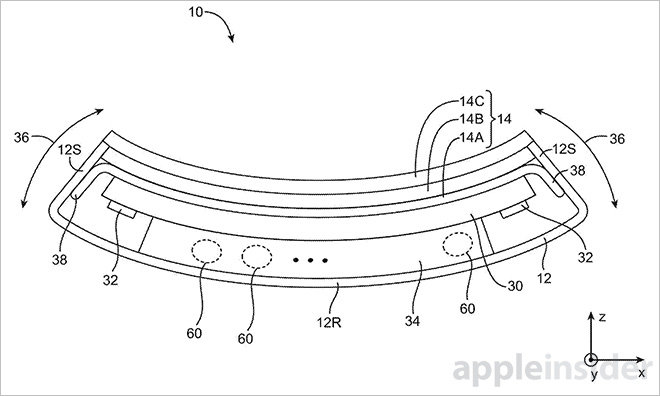
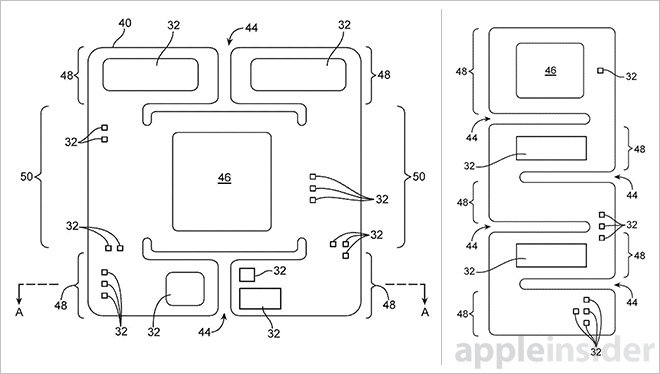
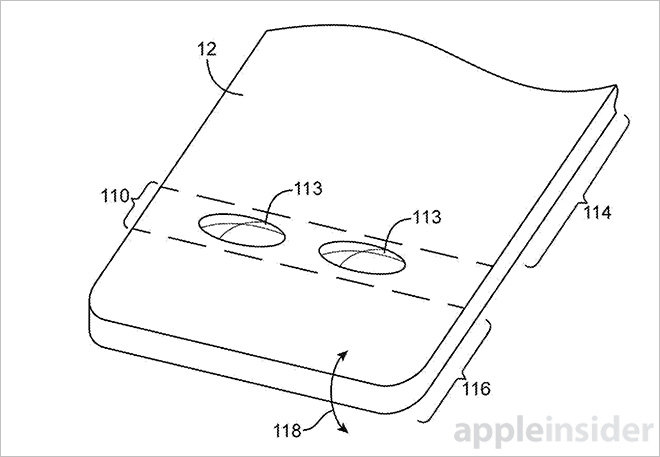


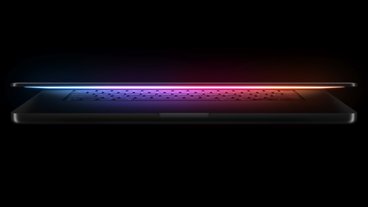


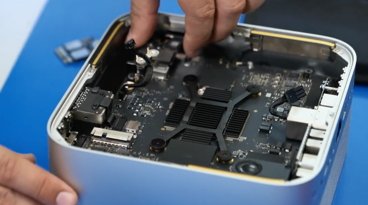








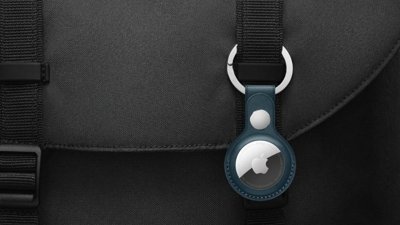
 Charles Martin
Charles Martin
 Christine McKee
Christine McKee
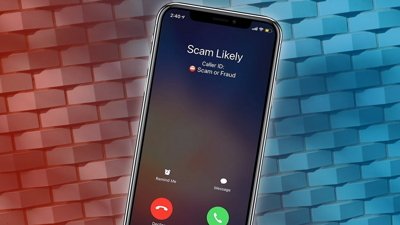

 Oliver Haslam
Oliver Haslam
 William Gallagher
William Gallagher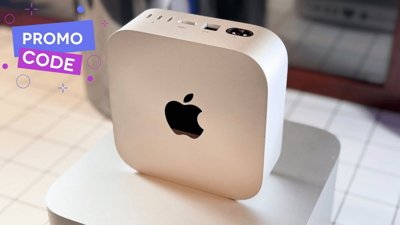

 Sponsored Content
Sponsored Content
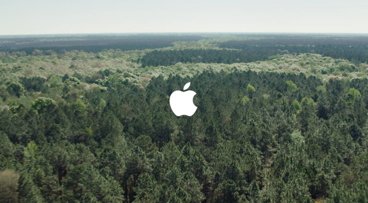
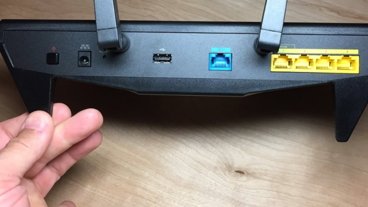




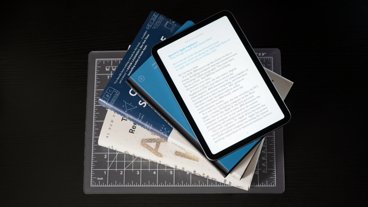

24 Comments
The 6+ was a prototype of what is to come. :D
This patent is from 2011. What's the significance in reporting it?
[quote name="Rogifan" url="/t/184175/apple-wins-extensive-patent-for-foldable-flexible-iphone-with-force-gesture-controls#post_2657988"]This patent is from 2011. What's the significance in reporting it?[/quote] filed, published and awarded have all differing dates.
The future of wearables
what Macky said...